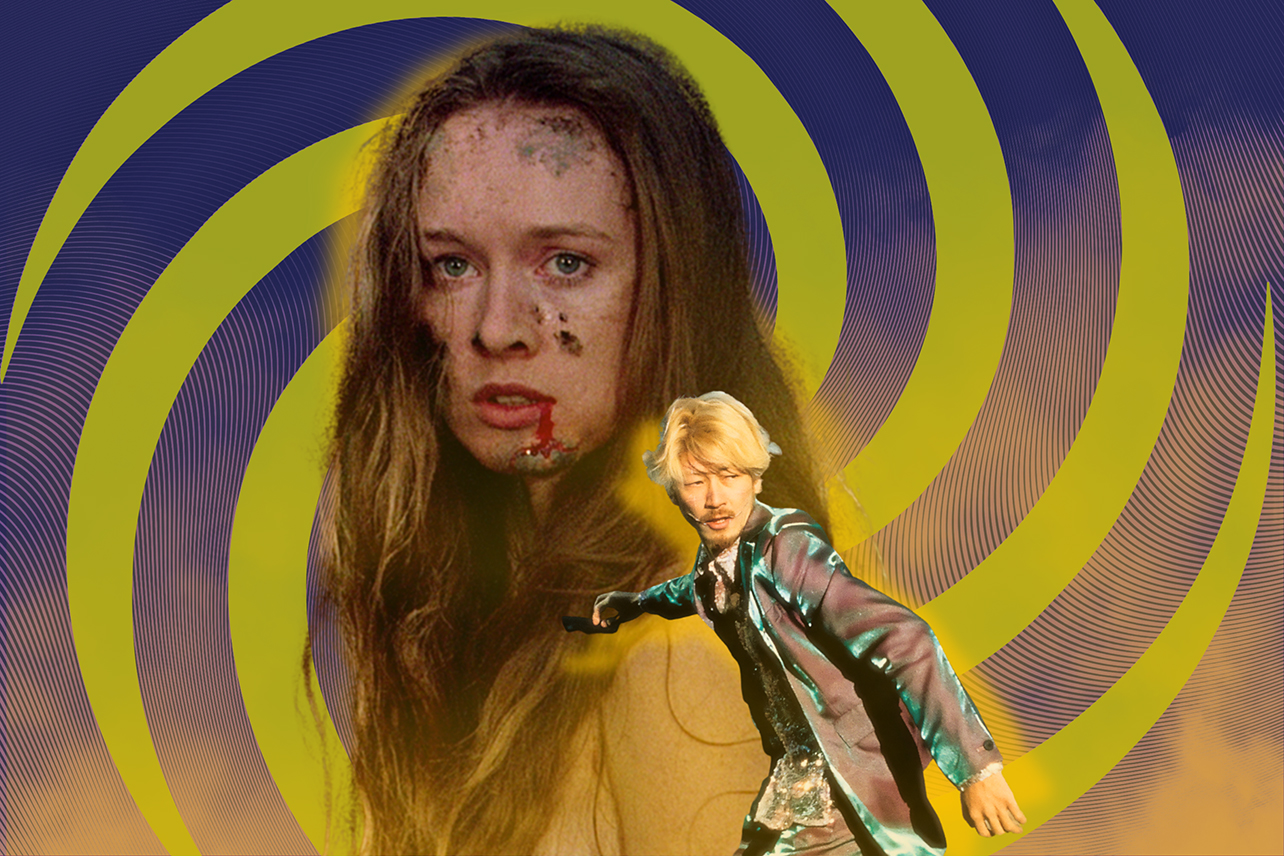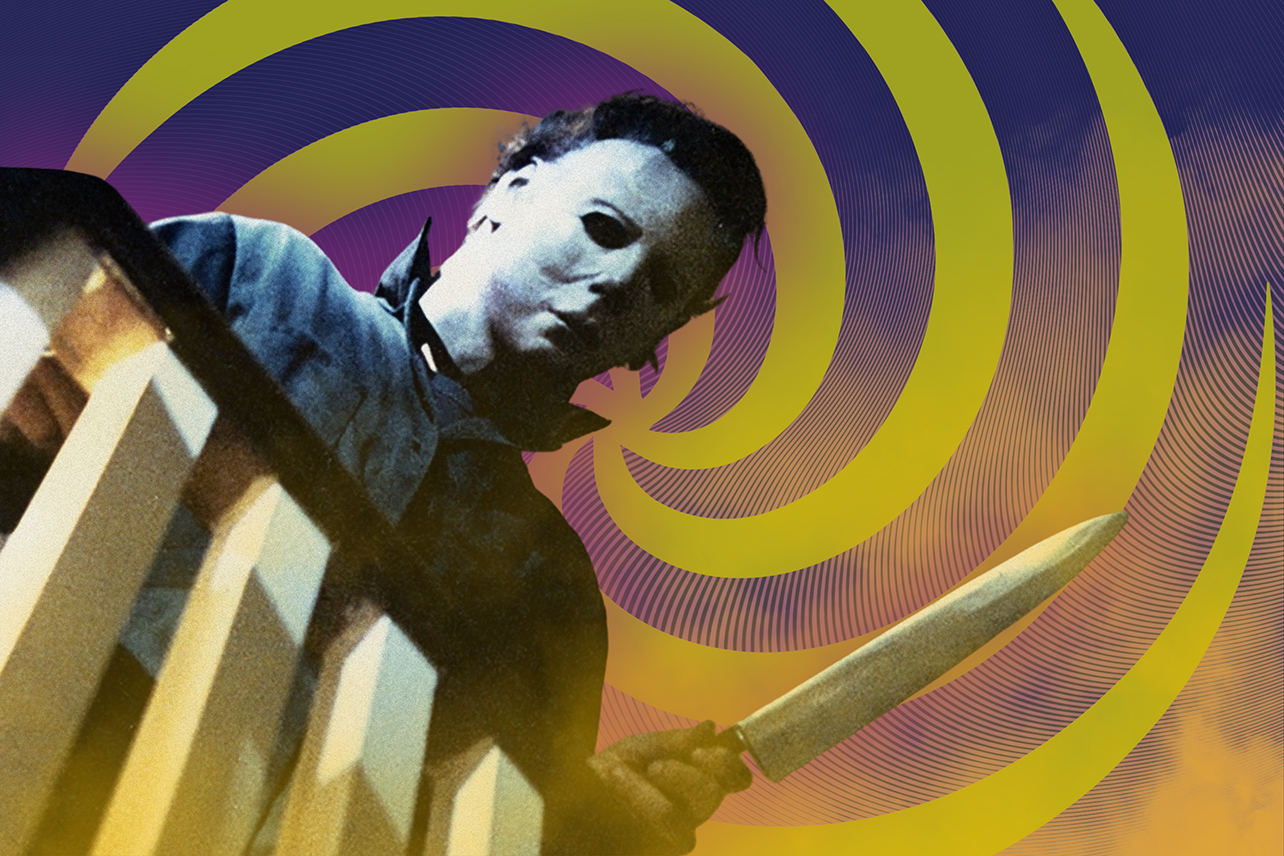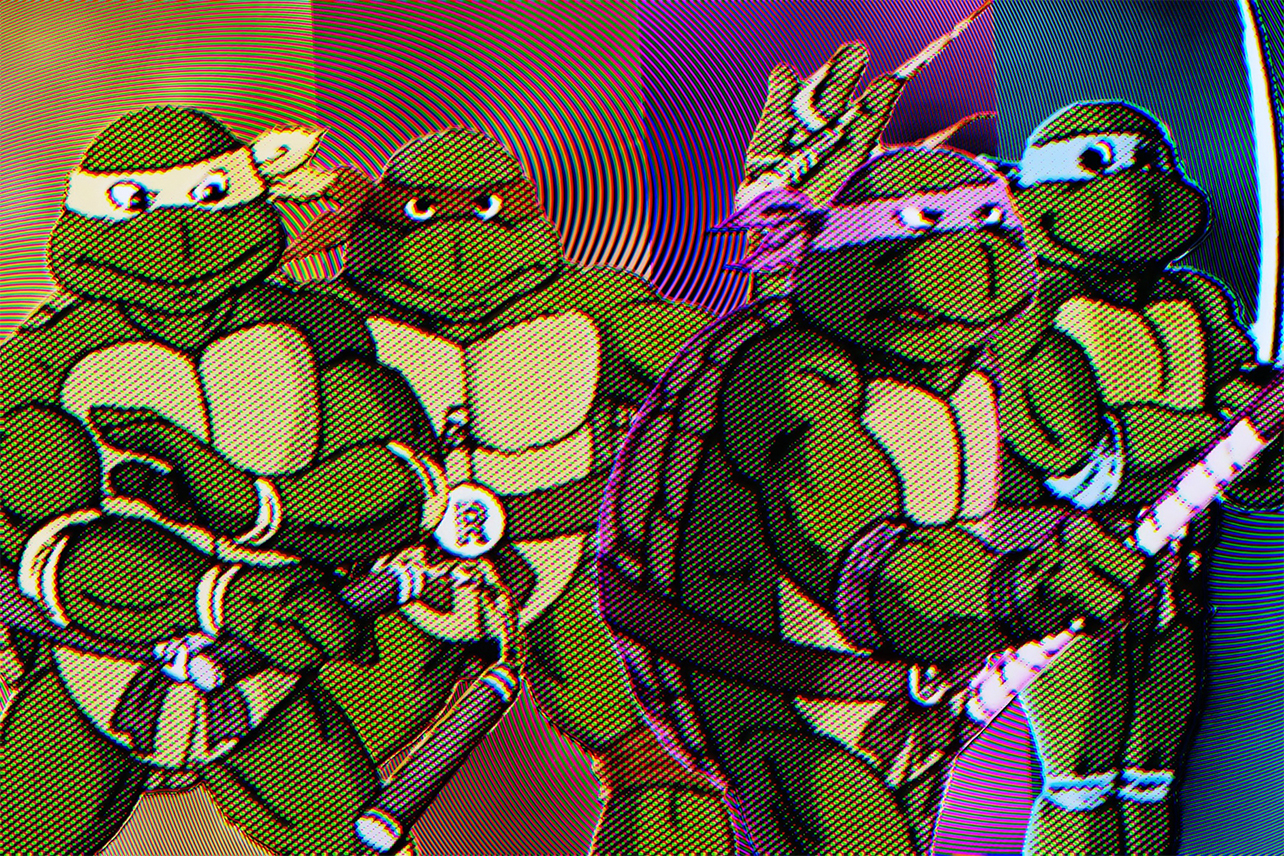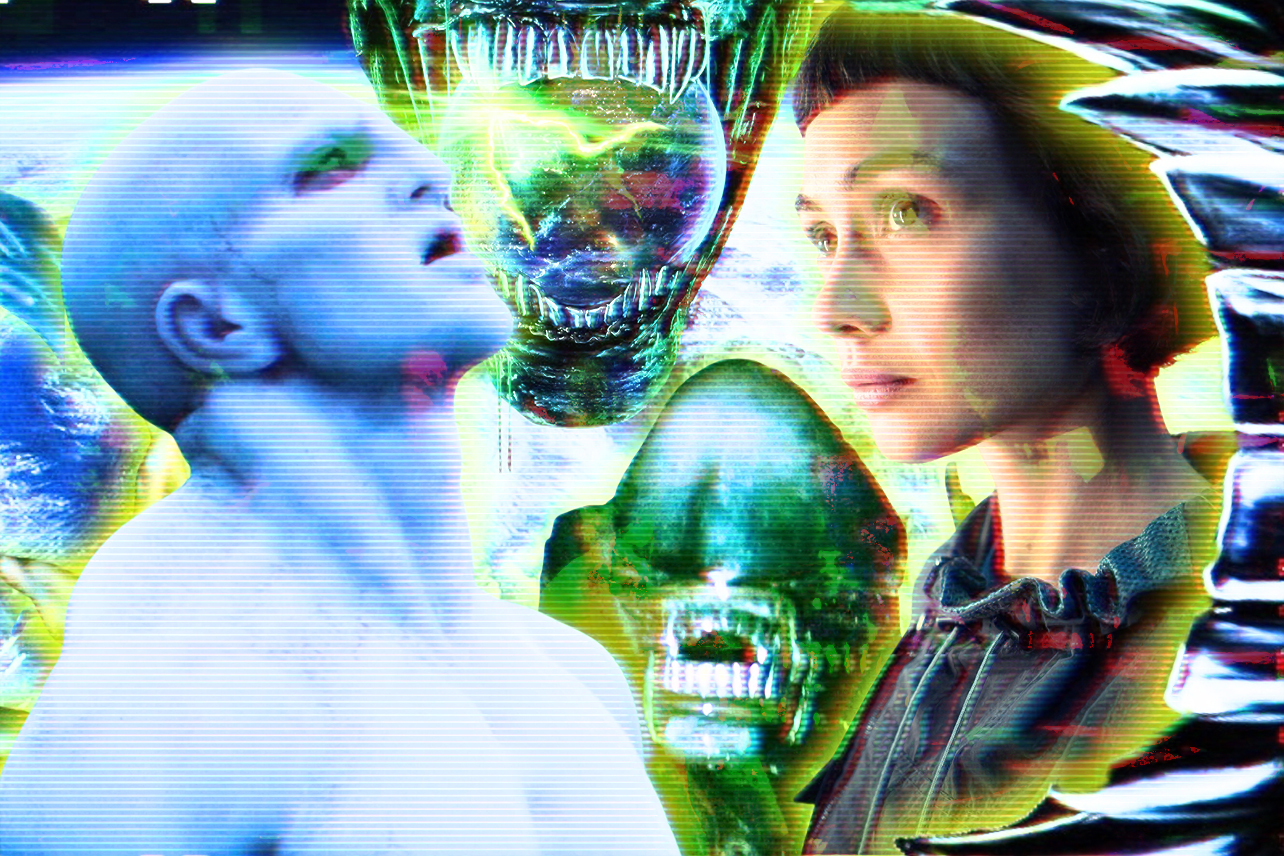This year marks the 50th anniversary of the "All-New, All-Different" X-Men, which debuted in Giant-Size X-Men #1 on April 1, 1975. It is a watershed moment in the history of the X-Men; after debuting in 1963 featuring a roster of five teenagers going to school and getting trained in the use of their powers, the original X-Men mostly languished as second-tier superheroes throughout Marvel's Silver Age. The series was cancelled in early 1970 with issue #66, and resurrected roughly nine months later as a reprint book re-presenting earlier issues of the series.
Giant-Size X-Men #1 introduced a new roster of X-Men: an older, more international group assembled to help rescue the original X-Men, who stuck around (along with stalwart OG X-Man Cyclops) to serve as the X-Men going forward. With X-Men #94, the series resumed telling new stories, now featuring these new and different X-Men. Shortly thereafter, writer Chris Claremont would take the reins of the series, beginning an astonishing 15-year uninterrupted run as the chief creative voice of the X-Men, a time which would see the X-Men climb to the top of the sales charts on the back of complex and critically-lauded stories drawn by a Murderers' Row of artistic talent. Thus, the All-New, All-Different X-Men cement the X-Men as one of comics' pre-eminent properties, without which the thousands (millions?) of subsequent comics, animated series, movies, action figures and more wouldn't exist.
But if you're new to the X-Men, or know them mostly from the '92 animated series and its later X-Men '97 revival, or the Fox films, then many of the central ANAD X-Men may seem strange and unknown (or at least less familiar than the likes of, say, Wolverine and Gambit). This guide, then, serves as a good place to start, offering up a couple of recommendations for each of the "new" X-Men (as well as the "older" X-Men who also appear in Giant-Size X-Men #1) that are both representative of the character in question and are simply good stories overall. And if you're looking for story recommendations for Cyclops, Wolverine and Storm — all three key ANAD X-Men — then check out our previous Heist Guide on the X-Men here.
Colossus
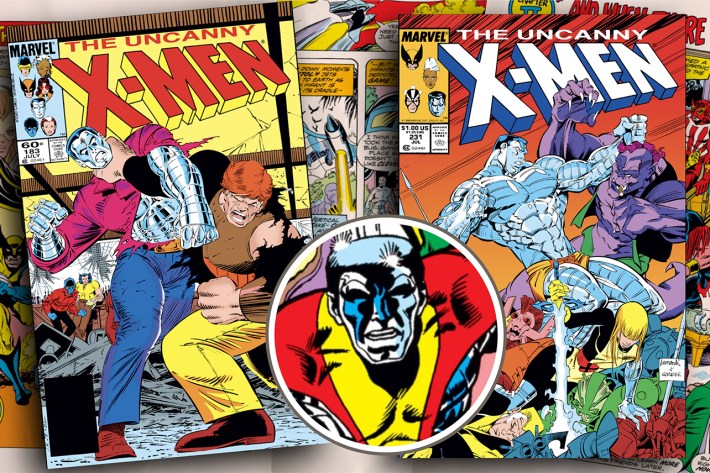
The new X-Men's "gentle giant," Colossus was positioned early in the ANAD X-Men days as the breakout star of the book, featured prominently on covers thanks to his eye-catching visual power and the traditionally-heroic red-and-yellow coloring of his uniform (one could argue that the rise of Wolverine — a favorite of future X-Men artist and co-plotter John Byrne — in popularity came at the expense of Colossus). He largely settled in as the steadfast "heart" of the team, a simple farmer thrust into the fantastic world of superheroes. The '90s were not kind to him, as he experienced a number of significant losses (including the death of his sister Illyana, a.k.a. the New Mutants' Magik), briefly threw in with Magneto, and eventually died curing the virus that killed his sister. He got better (comics!), became the Juggernaut for a while, and most recently, was involved in an extended arc in which he was under the control of his evil brother Mikhail.
Check out Uncanny X-Men #183 by Chris Claremont and John Romita Jr. for a great Colossus story (that doesn't necessarily paint Colossus in the most flattering of lights). Coming in the wake of the first Secret Wars event, Colossus breaks things off with his age-inappropriate girlfriend Kitty Pryde, then gets in a bar fight with Juggernaut, goaded on by Wolverine who's looking to teach his teammate a lesson in the importance of sacrifice and camaraderie.
And to see Colossus in a more traditionally-heroic light, read Uncanny X-Men #231 by Chris Claremont and Rick Leonardi. With the X-Men having faked their deaths to protect their loved ones, Colossus is forced to help his sister and her teammates defeat an evil witch from Russian mythology while maintaining the ruse that he and the X-Men are dead. It's a bittersweet tale of heroism and family.
Nightcrawler

A favorite of his co-creator Dave Cockrum, the artist of Giant-Size X-Men #1 as well as the issues of X-Men before and after John Byrne's run, Nightcrawler is a study in contrasts. He's a character who looks like a demon but lives like a devil-may-care swashbuckler while also being the most outwardly faith/Christian-facing X-Man. He has a long history with the team, sticking with the X-Men from their 1975 relaunch through 1986's "Mutant Massacre," the first big X-Men crossover event. After that, he became a mainstay of the UK-set spinoff series, Excalibur, where Claremont and writer/artist Alan Davis in particular developed the character even further.
Following his return to the X-Men in the late '90s, Nightcrawler once again became a steadfast member, in and around a stint in which he was off the board following his death during 2010's "Second Coming" crossover. More recently, Nightcrawler spent much of the X-Men's "Krakoa Era" interrogating the role of faith in a society in which the dead can be easily resurrected and trying to form a religion for mutants. Following the dissolution of Krakoa, he joined the cast of Gail Simone's flagship Uncanny X-Men series.
Without a doubt, the signature Nightcrawler story worth checking out is his very first miniseries, Nightcrawler #1-4. Written and drawn by Dave Cockrum, it is a love letter from creator to creation, as pure an expression of Nightcrawler's characterization as you'll find. Across its four issues, it chronicles an inter-dimensional adventure that sees Nightcrawler swashing his buckles as he flirts and fights his way through encounters with sharks, a cowboy dinosaur named Cretaceous Sam, and horny female versions of himself, while also probing the dichotomy between his personal ethics and the ethics of the more cavalier swashbucklers whose stories he so enjoys. This is also the first time we see Nightcrawler wielding a sword with his tail, an image recreated memorably in X-Men '97.
After that, check out "The Quest for Nightcrawler" in Amazing X-Men (vol. 2) #1-5, by Jason Aaron and Ed McGuiness, the story which returned Nightcrawler to the land of the living following his death (comics!). This story also has some fun with "The Draco", a legendarily-bad Nightcrawler story from the early '00s that messed with his backstory for little gain and is widely considered one of the worst X-Men stories ever. Filled with the kind of high-adventure sensibilities that define the character rendered via McGuiness' bright, cartoony art, it's a great follow-up to the original Nightcrawler miniseries.
Thunderbird

For most of the existence of the All-New, All-Different X-Men, Thunderbird had the distinction of being the first member of the team to die on-page — and then actually stay dead for a really long time. Editorially, Thunderbird fell victim to the fact that the new X-Men had two loud-mouthed braggarts with a disdain for authority on their roster — and the other one had cool metal claws. On the page, Thunderbird perished on the new X-Men's very first mission after Giant-Size X-Men when he refused to get off the crashing plane of an escaping supervillain, desperate to prove his worth. Despite the often revolving door of death in comics (see Colossus and Nightcrawler above) Thunderbird stayed dead for decades, living on, in a fashion, via his younger brother, X-Force's Warpath, until being resurrected in 2021's X-Men: The Trial of Magneto #5.
Given that, there aren't a ton of stories out there featuring Thunderbird. But the backup story in Classic X-Men #3 is worth a read. Oh — back in the '80s, Classic X-Men reprinted the original ANAD X-Men comics with new backup stories by Chris Claremont and John Bolton. Set in the wake of Thunderbird's death in X-Men #95 (the issue reprinted in the book's main story), it shows the new X-Men doing their best to mourn a teammate they barely knew. In the process, a series of flashback interactions with each of the X-Men flesh out Thunderbird's brief tenure on the team.
Follow that up with Giant-Size X-Men: Thunderbird #1, the issue that showed him begin to acclimate to the new world in which he finds himself.
Banshee

The elder statesman of the ANAD X-Men, Banshee is one of the three new X-Men (along with Wolverine and Sunfire) with appearances prior to Giant-Size X-Men, having debuted as a reluctant X-Men villain back in the '60s. Banshee is also the first of the new X-Men to retire, settling into a quiet life with scientist/secret multi-life mutant carefully manipulating events to prevent the extinction of all mutantkind (comics!) Moira MacTaggert on Muir Island after temporarily losing his powers. When Banshee returned to the X-Men, it was in a new role as one of the headmasters of the new Xavier's School for Gifted Youngers in the series Generation X.
The 21st century hasn't been a great one for Banshee; he was killed off in the Deadly Genesis miniseries, an earlier celebration of the debut of the ANAD X-Men, and then stayed dead for a remarkably long time before coming back as a mindless zombie wraith thing for a while. Since then, he's returned to a semblance of normal life and bounced around the X-books a bit, but has struggled to find a place like he had before.
A crossover which existed to help launch Generation X, Banshee's role in "Phalanx Covenant: Generation Next" in Uncanny X-Men #316-317 and X-Men (vol. 2) #36-37 is a great showcase for Banshee's role as both a veteran superhero and a guiding light for young mutants. Plus, the Uncanny X-Men issues feature some kinetic art from then-rising star Joe Madureira at the beginning of his groundbreaking run on the book.
Then hop back in time and check out X-Men #118-119, the story in which Banshee first lost his powers, to see the heroic sacrifice he made to save Japan from a massive supervillain-initiated earthquake.
Sunfire

Another pre-existing character pressed into service on the X-Men ... like Banshee, Sunfire was introduced as an X-Men antagonist, debuting shortly before the end of the original run of X-Men comics in X-Men #64. Sunfire has the distinction of having the shortest tenure of any of the ANAD X-Men, quitting in the opening panels of X-Men #94, even before the "old" X-Men have a chance to tell Professor X they're quitting, too. Sunfire proceeded to bounce around the Marvel Universe, popping up for guest appearances in X-Men and elsewhere whenever the title characters ended up in or near Japan.
In the late '90s, he briefly rejoined the X-Men when Jean Grey formed a team to rescue Professor X from Magneto on Genosha, and in the 2000s, he ended up becoming one of Apocalypse's Horsemen. But his longest sustained role on a team would come when he joined the combined X-Men/Avengers "Unity Squad" in the pages of Uncanny Avengers. Later, he was elected to the X-Men roster during the Krakoa Era, and played a key role in the fight against the mutant-hating Orchis that closed out that era.
Given his role as a perennial guest-star, there aren't a ton of great Sunfire-centric stories. That said, "Avenge the Earth" in Uncanny Avengers #18-22 by Rick Remender and Daniel Acuna, is worth a read, as Sunfire is one of the Unity Squad trapped in a mutant-dominated alternate timeline who must fight to restore reality alongside the time-traveling Kang the Conqueror. It's a culmination of both the book's long-simmering plotlines and Sunfire's role on the team.
Then, check out Uncanny X-Men #181, as Sunfire teams up with his old teammates after the X-Men return from "Secret Wars" alongside a massive dragon that threatens Japan in a winking Godzilla homage.
Havok
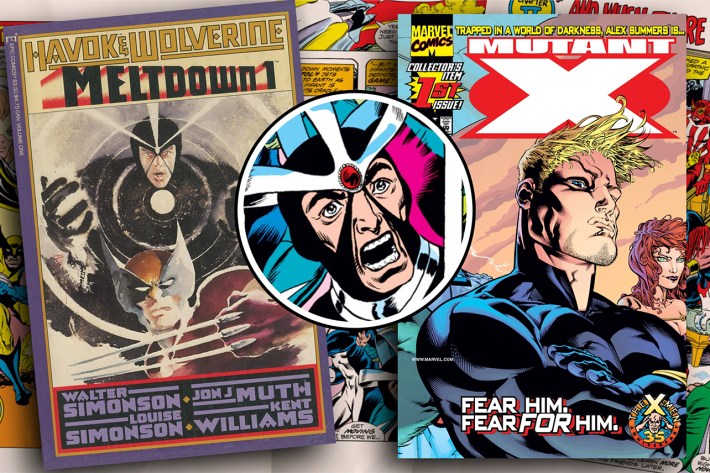
The new X-Men aren't the only X-Men present in Giant-Size X-Men #1. Alongside founding member Cyclops, the rest of the "old" X-Men — including founders Jean Grey, Iceman and Angel (Beast, the last of the original X-Men, had left the team already) as well as later Silver Age additions like Havok and Polaris — are on hand. Their capture by Krakoa prompted the assembling of the new team, and once they're freed, they help defeat the "island that walks like a man."
Introduced more or less out of nowhere, Havok is Cyclops' younger brother, possessed of a similar "my power is too great to control!" ability to absorb cosmic energy and violently discharge it as plasma energy. For much of his history, Havok was defined by three things: his struggle to control his powers, living in his brother's shadow, and a general reluctance to be a superhero. This kept him in the background of the X-Men for many years. He left as soon as the new X-Men showed up, and didn't return to the team until the late '80s "Outback Era," when the X-Men faked their deaths and operated out of an abandoned town in the Australian Outback. Eventually, Havok was tapped to lead the government-sponsored X-Factor team in a landmark run by the late Peter David. Following a poorly-written stint in which he turned evil and then said he was faking it, after which he got shunted into an alternate reality, he spent most of the 21st century bouncing between different iterations of the X-Men and X-Factor.
The miniseries Havok and Wolverine: Meltdown is a truly unique comic book story. Released as part of Marvel's Epic imprint (which at the time showcased creator-driven, adult-oriented takes on traditional comic book characters), it is set during the Australian years and features reluctant drinking buddies Havok and Wolverine getting dragged into an adventure heavy with Reagan Era fears surrounding nuclear war. While the gorgeous, fully painted art from Jon J. Muth and Kent Williams is the main draw, it also serves as a great snapshot of Havok as a workmanlike superhero, someone who is good-but-not-great at his job with an even worse love life.
From there, check out Mutant X, the series which features Havok in an alternate reality where he leads a twisted version of the X-Men (including a vampiric Storm, the sorceress Madelyne Pryor, and Iceman with a late '90s goatee). If Meltdown is Havok at his schlubby superhero best, Mutant X shows how his brand of determined but unflashy heroism can still make a difference.
Polaris

Introduced as the daughter of Magneto (which was quickly retconned to not be true, only to eventually be re-retconned into being true. Comics!), the "mistress of magnetism" was defined in her early years by her relationships: first with Iceman, then with Havok. Like Havok, her relative disinterest in the superhero lifestyle kept her in "perpetual guest star" mode. At the same time Havok ended up with the Australia-bound X-Men, Polaris became possessed by Malice, one of the evil Marauders. Through various twists and turns, she eventually was freed, and joined Havok on X-Factor.
After Havok entered the Mutant X universe, Polaris worked with Magneto on Genosha, eventually learning the truth of their relationship. After an attack on Genosha decimated the mutant population, Polaris ended up back on the X-Men, her fate and Havok's once more intertwined — though their romantic relationship grew much rockier. Polaris accompanied Havok into space as part of the Starjammers, then rejoined X-Factor alongside him after returning to Earth. She stuck with the team through its later permutations as agents of the corporate Serval Industries and an investigative body on Krakoa, before rejoining the X-Men in the waning days of the Krakoa Era.
The sadly short-lived fourth volume of X-Factor is a great showcase for Polaris as she helps organize a group tasked with investigating the deaths of mutants to determine if they're eligible for resurrection, giving Polaris a rare lead role in a book while drawing on her long history as a superhero. For another fun X-Factor adventure featuring Polaris, check out X-Factor (vol. 1) #102, in which Polaris is drawn into a plot to use her as a weapon against Magneto, and has some fun with the history of the mutants being employed by the US government.
Angel

Original X-Man and wealthy playboy Warren Worthington III spent the Silver Age and much of the '70s and '80s as the high-flying Angel. After his appearance in Giant-Size X-Men, Angel became a founder of the LA-based Champions alongside his X-Men teammate Iceman, and one of the New Defenders along with Iceman and Beast. And Angel even briefly rejoined the X-Men for a time. But shortly after all the original X-Men reunited in the first volume of X-Factor, Angel's bird-like wings were damaged in a fight with the Marauders, the first in a sequence of events that led to Angel's transformation into the blue-skinned, metal-winged, angst-filled Archangel. From that point forward, most (Arch) Angel stories across X-Men and various iterations of X-Force involved his relationship with or rejection of his darker, more violent side.
The best Angel story is probably "The Dark Angel Saga," which basically does for Angel what "The Dark Phoenix Saga" did for Jean Grey. But that's really more of an Archangel story. For a pure Angel story, go way back to near the beginning of the X-Men and check out Tales of Suspense #49 by Stan Lee and Steve Ditko, in which Angel battles Iron Man. Published shortly after X-Men #2, it is the first appearance of the X-Men outside their own book, and while it's not the best showcase for Angel's characterization — he spends most of it in a rage-filled frenzy triggered by the passing radiation of an atomic blast (Comics!) — it is a great showcase for how, in the Silver Age, having the relatively-simple power of "can fly" was enough to make a character extremely powerful. Plus, it's drawn by Spider-Man co-creator and Silver Age legend Steve Ditko.
Iceman
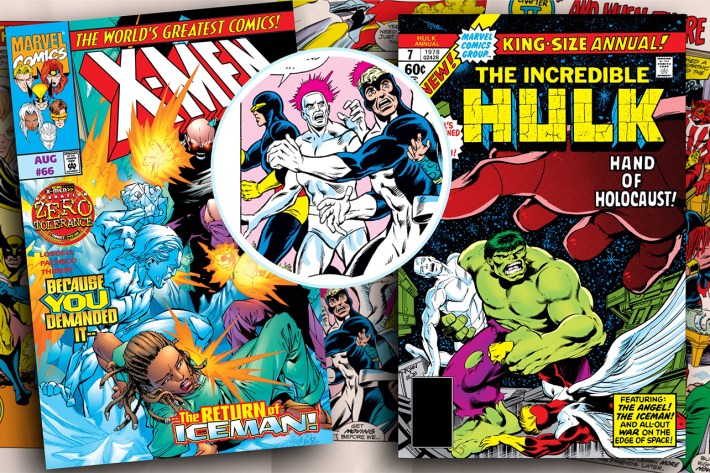
The youngest of the original X-Men, Iceman followed in his teammate Angel's footsteps by leaving the X-Men in favor of the new characters introduced in Giant-Size X-Men #1. Like Angel, he proceeded to bounce around the Marvel Universe, serving on the Champions and New Defenders and becoming an accountant (and being introduced to an entirely new kind of audience by serving as one of Spider-Man's titular amazing friends in the animated Spider-Man and His Amazing Friends TV series) before re-teaming with his childhood teammates in X-Factor. Shortly after the original X-Factor rejoined the X-Men, Iceman got trapped in a narrative loop in which someone would point out the unrealized potential of his powers, he would briefly flirt with new uses of them (such giving himself a bulkier ice form, or not just coating himself in ice but actually transforming into ice), then quietly go back to making ice slides and freezing things until someone pointed out how powerful he could be and started the whole thing over.
Iceman was back in the (general) public eye in 2014 when he came out as gay, a retcon that made text something that had been winking subtext amongst various creators for years. It also helped break him out of his "unrealized potential" loop, as he starred in a handful of (ultimately short-lived) solo series while still playing a key role with the X-Men, including helping terraform Mars to serve as a planet for mutants in Planet-Size X-Men #1.
The Iceman chapters of the 1997 crossover event "Operation: Zero Tolerance" in X-Men (vol. 2) #66-69, from Scott Lobdell and Carlos Pacheco, aren't the greatest in terms of paying off a storyline that had been years in the making, but they do serve as an effective showcase for Iceman, who is forced to come out of semi-retirement to assemble a very ad hoc team of X-Men when the core team is kidnapped by the villainous, government-backed Bastion. It strikes a believable balance between Iceman the light-hearted prankster of the X-Men and Iceman the seasoned superhero who's been fighting super-villains since he was 16.
And for a fun Bronze Age adventure featuring both Iceman and Angel, check out Incredible Hulk Annual #7, in which the pair team-up with the Hulk for an outer space battle with Master Mold, the giant mutant-hunting Sentinel who makes other, slightly-less giant, Sentinels. Written by Roger Stern, it features pencils from then-X-Men artist John Byrne with inks from future X-Factor co-creator Bob Layton, and is a polished and fun slice of superhero storytelling.
If you haven't already, consider supporting worker-owned media by subscribing to Pop Heist. We are ad-free and operating outside the algorithm, so all dollars go directly to paying the staff members and writers who make articles like this one possible.


